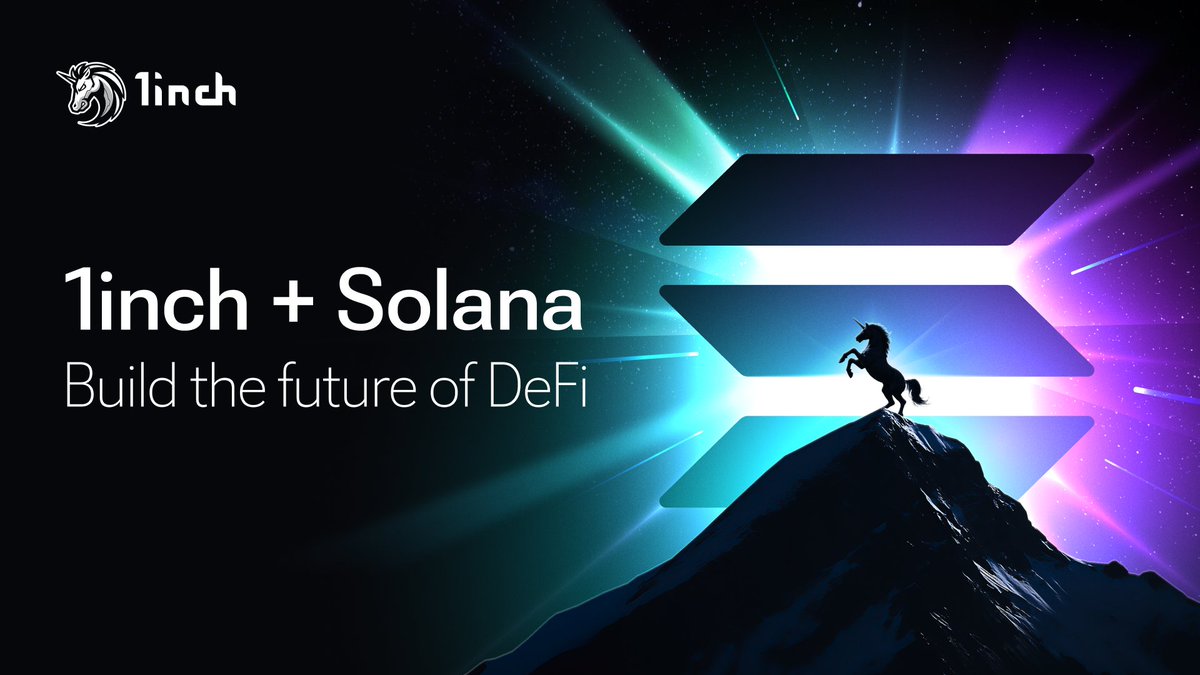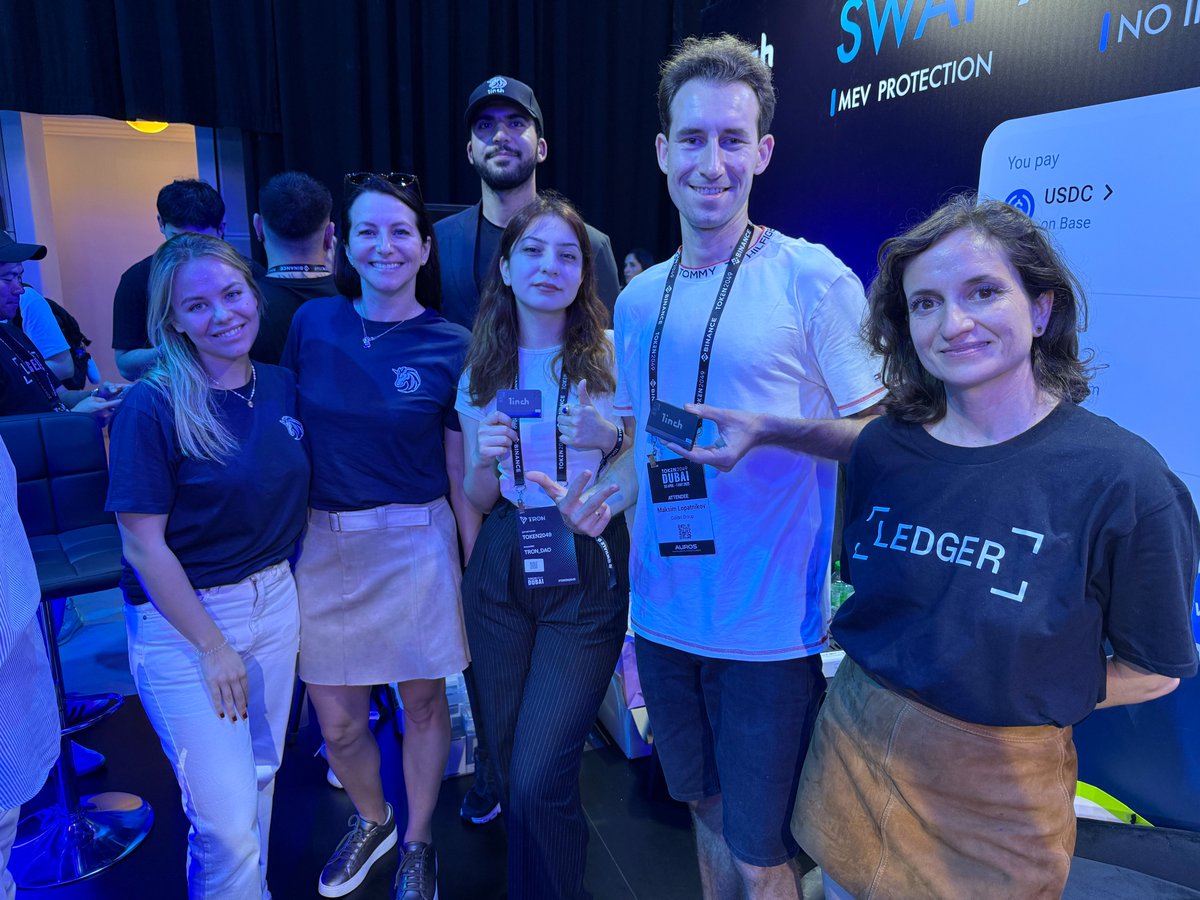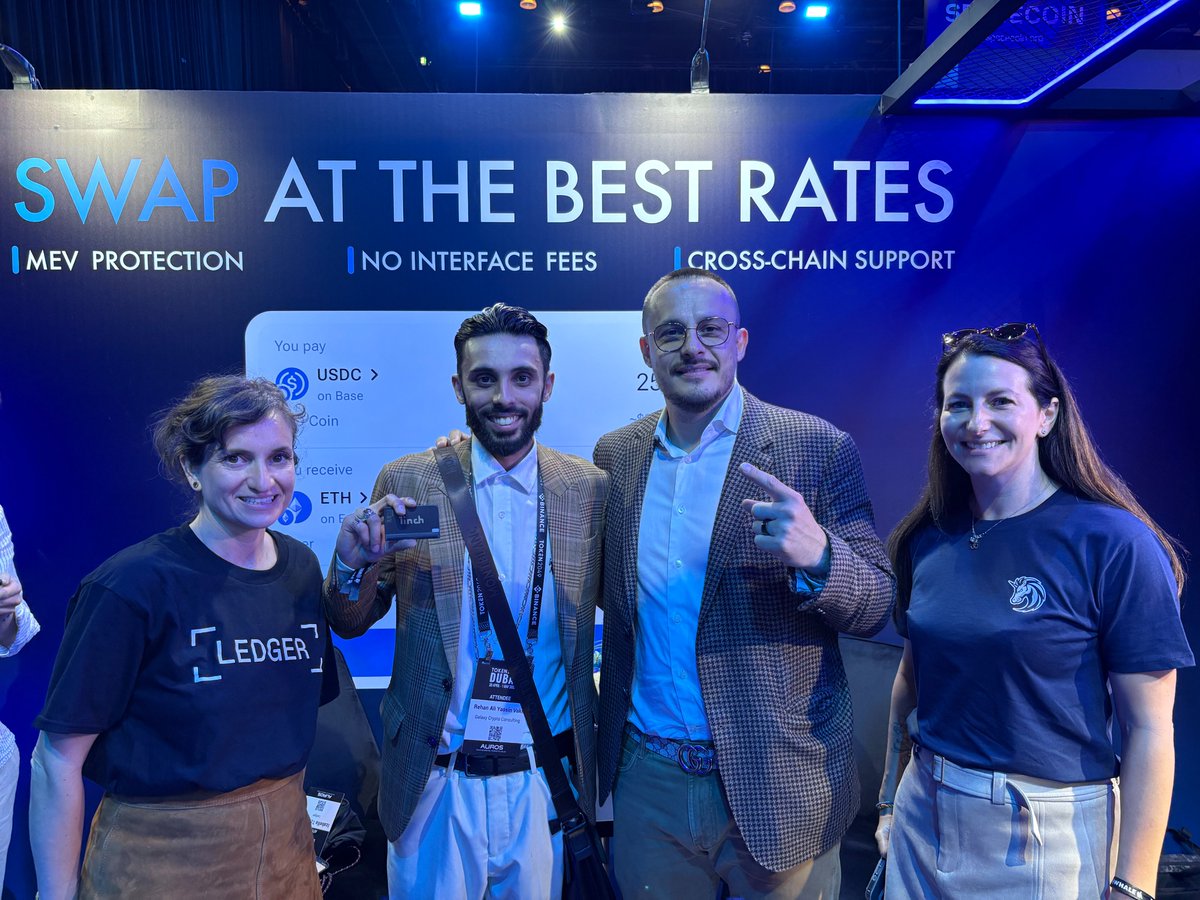
1inch-Preis

Haftungsausschluss
OKX gibt keine Anlage- oder Vermögensempfehlungen. Du solltest gut abwägen, ob der Handel und das Halten von digitalen Assets angesichts deiner finanziellen Situation sinnvoll ist. Bei Fragen zu deiner individuellen Situation wende dich bitte an deinen Rechts-/Steuer- oder Anlagenexperten. Weitere Einzelheiten findest du in unseren Nutzungsbedingungen und der Risikowarnung. Durch die Nutzung der Website eines Drittanbieters („TPW“) akzeptieren Sie, dass jegliche Nutzung der TPW den Bedingungen der TPW unterliegt. Sofern nicht ausdrücklich schriftlich angegeben, steht OKX einschließlich seiner verbundenen Unternehmen („OKX“) in keinerlei Verbindung zum Eigentümer oder Betreiber der TPW. Sie stimmen zu, dass OKX nicht für Verluste, Schäden oder sonstige Folgen haftet, die sich aus Ihrer Nutzung der TPW ergeben. Bitte beachte, dass die Nutzung einer TPW zu einem Verlust oder einer Minderung deiner Assets führen kann. Das Produkt ist möglicherweise nicht in allen Ländern verfügbar.
Marktinformationen zu 1inch
Marktkapitalisierung = Umlaufmenge × letzter Preis

1inch-Feed


1INCH-Rechner


Preis von 1inch heute in USD
Beliebte 1inch-Konvertierungen
| 1 1INCH in USD | 0,19930 $ |
| 1 1INCH in EUR | 0,17633 € |
| 1 1INCH in PHP | 11,0936 ₱ |
| 1 1INCH in IDR | 3.283,36 Rp |
| 1 1INCH in GBP | 0,15023 £ |
| 1 1INCH in CAD | 0,27544 $ |
| 1 1INCH in AED | 0,73204 AED |
| 1 1INCH in VND | 5.183,36 ₫ |
Über 1inch (1INCH)
- Offizielle Website
- Whitepaper
- Block Explorer
Häufig gestellte Fragen zum 1inch-Preis
1inch ist eine dezentrale Börse, die an mehreren Börsen nach den besten Preisen sucht und den Benutzern die niedrigsten Handelspreise bietet.
Zu den Vorteilen des Haltens von 1INCH gehören Stimmrechte, Teilnahme am Governance-Ökosystem des Protokolls und Einsatzmöglichkeiten zur Erzielung von Renditen.
Kaufen Sie ganz einfach 1INCH-Token auf der OKX-Kryptowährungsplattform. Zu den verfügbaren Handelspaaren im OKX-Spot-Handelsterminal gehören1INCH/USDTund1INCH/USDC.
Sie können 1INCH auch mit über 99 Fiat-Währungen kaufen, indem Sie „Express-KaufOption. Andere beliebte Krypto-Token, wie z. B.Bitcoin (BTC),Ethereum (ETH),Tether (USDT)undUSD Coin (USDC), sind auch verfügbar.
Sie können auch Ihre bestehenden Kryptowährungen tauschen, einschließlichXRP (XRP),Cardano (ADA),Solana (SOL)undChainlink (LINK), für 1INCH ohne Gebühren und ohne Preis-Slippage durch NutzungOKX Konvertieren.
Um die geschätzten Echtzeit-Konvertierungspreise zwischen Fiat-Währungen wie USD, EUR, GBP und anderen in 1INCH anzuzeigen, besuchen SieKrypto-Konverter-Rechner von OKX. Die Krypto-Börse mit hoher Liquidität von OKX gewährleistet die besten Preise für Ihre Kryptokäufe.
ESG-Offenlegung
1INCH-Rechner


Haftungsausschluss
OKX gibt keine Anlage- oder Vermögensempfehlungen. Du solltest gut abwägen, ob der Handel und das Halten von digitalen Assets angesichts deiner finanziellen Situation sinnvoll ist. Bei Fragen zu deiner individuellen Situation wende dich bitte an deinen Rechts-/Steuer- oder Anlagenexperten. Weitere Einzelheiten findest du in unseren Nutzungsbedingungen und der Risikowarnung. Durch die Nutzung der Website eines Drittanbieters („TPW“) akzeptieren Sie, dass jegliche Nutzung der TPW den Bedingungen der TPW unterliegt. Sofern nicht ausdrücklich schriftlich angegeben, steht OKX einschließlich seiner verbundenen Unternehmen („OKX“) in keinerlei Verbindung zum Eigentümer oder Betreiber der TPW. Sie stimmen zu, dass OKX nicht für Verluste, Schäden oder sonstige Folgen haftet, die sich aus Ihrer Nutzung der TPW ergeben. Bitte beachte, dass die Nutzung einer TPW zu einem Verlust oder einer Minderung deiner Assets führen kann. Das Produkt ist möglicherweise nicht in allen Ländern verfügbar.



















Soziales